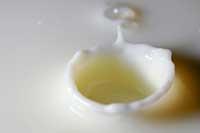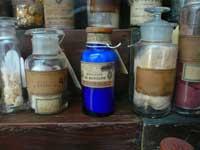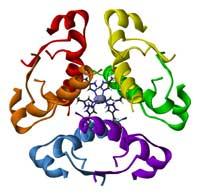Good or bad dosage

In addition to vitamin D, many substances and compounds possess this property. If we eat, drink, or overindulge, they have a toxic effect on our body.
XVI. In the twentieth century this concept is generalized and Paracelsus says: “All substances are poisonous, there is none other than poisonous. The dose is what makes the substance we take is poison or medicine.”
Without judging whether this is true or not, it is clear that some substances are harmful from a dose. Therefore, public health organizations determine to what extent each substance that can become poisonous is permissible in food, public supply networks, and the environment.
To determine these concentrations or doses, they experiment with laboratory animals. A certain substance is taken in different concentrations and subjected to certain animals. They study the response of animals to know the toxicity of this type of substances in the short term.

“All substances are poisonous, there is none other than poisonous. The dose is what makes the substance we take is poison or medicine.” So said Paracelsus (Photo: Ricardo).
In general, the higher the dose of the substance, the greater the number of damaged animals and the greater the damage they suffer. Since not all individuals are equal, they do not respond in the same way in small doses, but as they increase, stronger individuals become vulnerable.
However, to harm living things, substances should not necessarily be concentrated in food, public supply networks or the environment. The small doses of a substance may be introduced for a long period of time, and once that time has elapsed, damage may begin to occur. This is the case of those who drink water contaminated by lead.
Normally, in these waters the lead is at very low concentrations and in its state does not produce any other type of damage. What happens is that our body is not able to expel lead and that we accumulate every time we drink water. From a given moment, the amount of lead in our body is quite high to begin to cause damage.

On other occasions, lower concentrations also cause perturbations, so there is no acceptable dose. This problem occurs, for example, with substances that mimic their own hormones. Some activities of our body, such as growth, digestion, reproduction and mood, are regulated by hormones.
In this way, every time, by increasing the concentration of certain hormones and decreasing that of others, the body performs its functions. However, some substances that are not generated by the body by themselves, by their composition or by the way they acquire or by any other reason, can act as hormones when they are introduced into the body. If this happens, the regulation will end.
As it happens in our body, in the rest of the animals and plants there are also similar reactions and responses. Many of these reactions, however, we do not know them because there is still much to investigate. Despite having studied a lot, we will hardly get to know the influence of all substances that can have a toxic effect.
Published in 7K.
Buletina
Bidali zure helbide elektronikoa eta jaso asteroko buletina zure sarrera-ontzian











